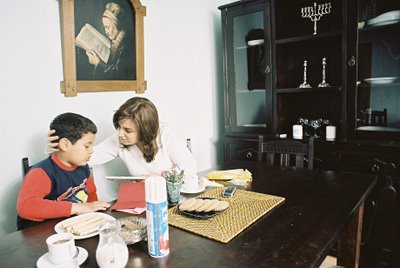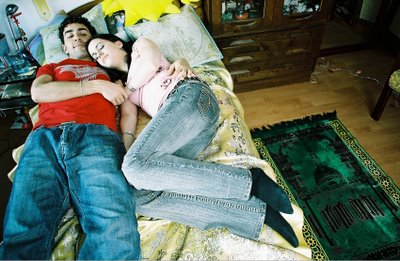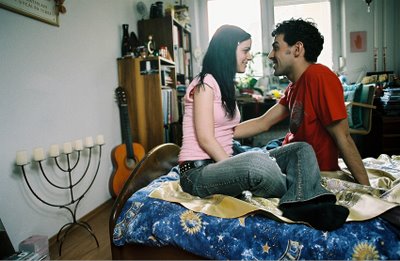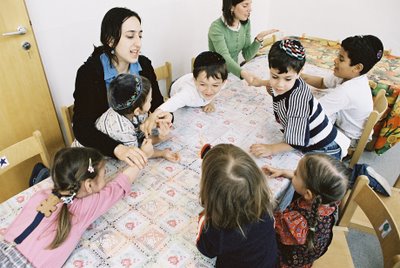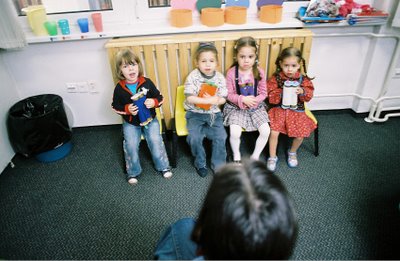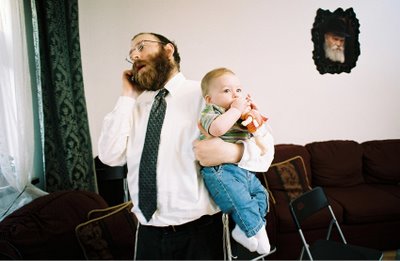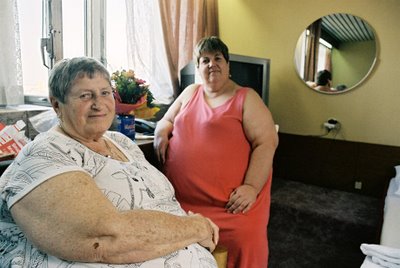
I am born in 1931, in the little village of Lula close to Levice, a village that is nowadays not even on the map. We lead a beautiful life. We were poor, but happy. The whole village knew we were jewish, but everybody was the same, we studied together, played together. For me the war started at may 8th 1944, the day the millitaries came to get us. The whole village cried and prayed for us when they deported our family first to a ghetto and later to Auschwitz. Nine months I worked in a munition factory. Often I do wonder how I survived. I think it was God’s will, being a thirteen year old girl in a concentrationcamp. But, I was a tough one, big like I am now and strong. When we were freed and I stood on my uncle’s doorstep weighing 34 kilo’s, he didn’t recognise me. But I was alive.
In 1948 I went to Israël. I said to Slovakia and my friends and family Shalom! Dovidenia! To help build Israël and live in Kibbutz. I met my husband through my uncle. He had told this slovak young man: if you see her, you will want to marry her. Well, we met in october, we were married in april. And so our life really begun. Esther was born in a village, but we moved to Jerusalem when a nearby house exploded and this family got killed.
Sixteen years ago I went back to Lula.This time I stood on the doorstep of my old neighbours, I left as a young girl and returned as an old Baba. But I will never forget how they cried out “Jésis Mária, Elsa Braun, you with the long hair from the village shop!” We kissed and cried, and were welcomed with open arms. It was wonderfull, but I never thought about coming back to Slovakia. What I lost in Slovakia, I could never get back. I had a good life there, but my life is in Israël.
Now my daughter Esther opened her exhibition of papercutting yesterday in the Jewish Museum. The first time there has ever been an exhibition of paper in Slovakia. I feel like she is giving back something of the jewish culture to the country.

